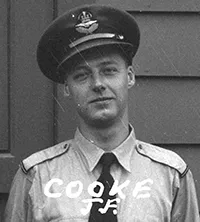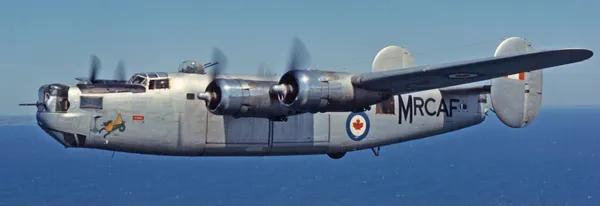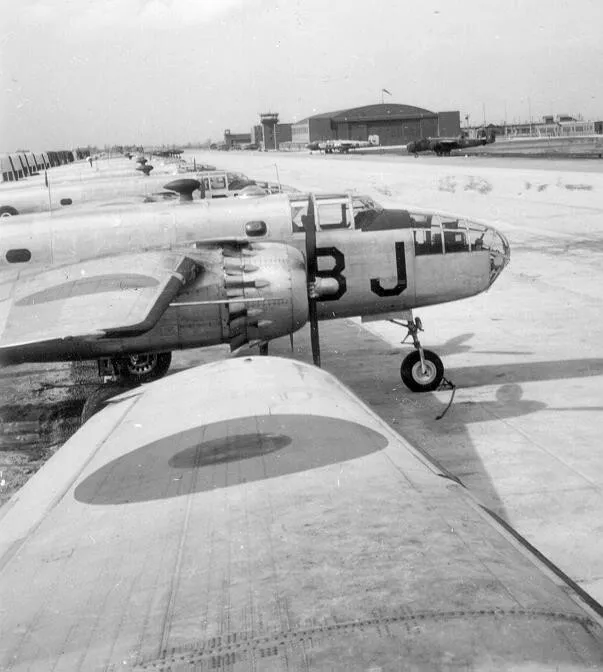Aircraft reported missing on the morning of 1944-11-11, and wreckage was not found for a year. It was located on a mountain on Vancouver Island at the east end of Nitinat Lake. The aircraft carried the code "AT" when it crashed. All crew aboard were killed.
Killed includes Cooke, only Canadian: Pilot Officer Frederick Edward Brown RAF KIFA Ottawa Memorial Panel 3. Column 2. Sergeant Frederick Douglas Hafford RAF KIFA Ottawa Memorial Panel 3. Column 3. Sergeant Sidney Helper RAF KIFA Ottawa Memorial Panel 3. Column 3. Sergeant Glyn Ivor Jones RAF KIFA Ottawa Memorial Panel 3. Column 3. Flying Officer John Victor Kingdon RAF KIFA Ottawa Memorial Panel 3. Column 2. Sergeant Thomas MacDonald RAF KIFA Ottawa Memorial Panel 3. Column 3. Sergeant Ronald May RAF KIFA Ottawa Memorial Panel 3. Column 3. Flying Officer Morris Morganstein RAF KIA Ottawa Memorial Panel 3. Column 2. Sergeant David Peggie Westwater RAF KIFA Ottawa Memorial Panel 3. Column 3.
Other BC Crashes and Losses notes they were buried at the crash site. (www.pacificwrecks.com). Cemetery block information refers to where their names are listed on Ottawa Memorial wall.



